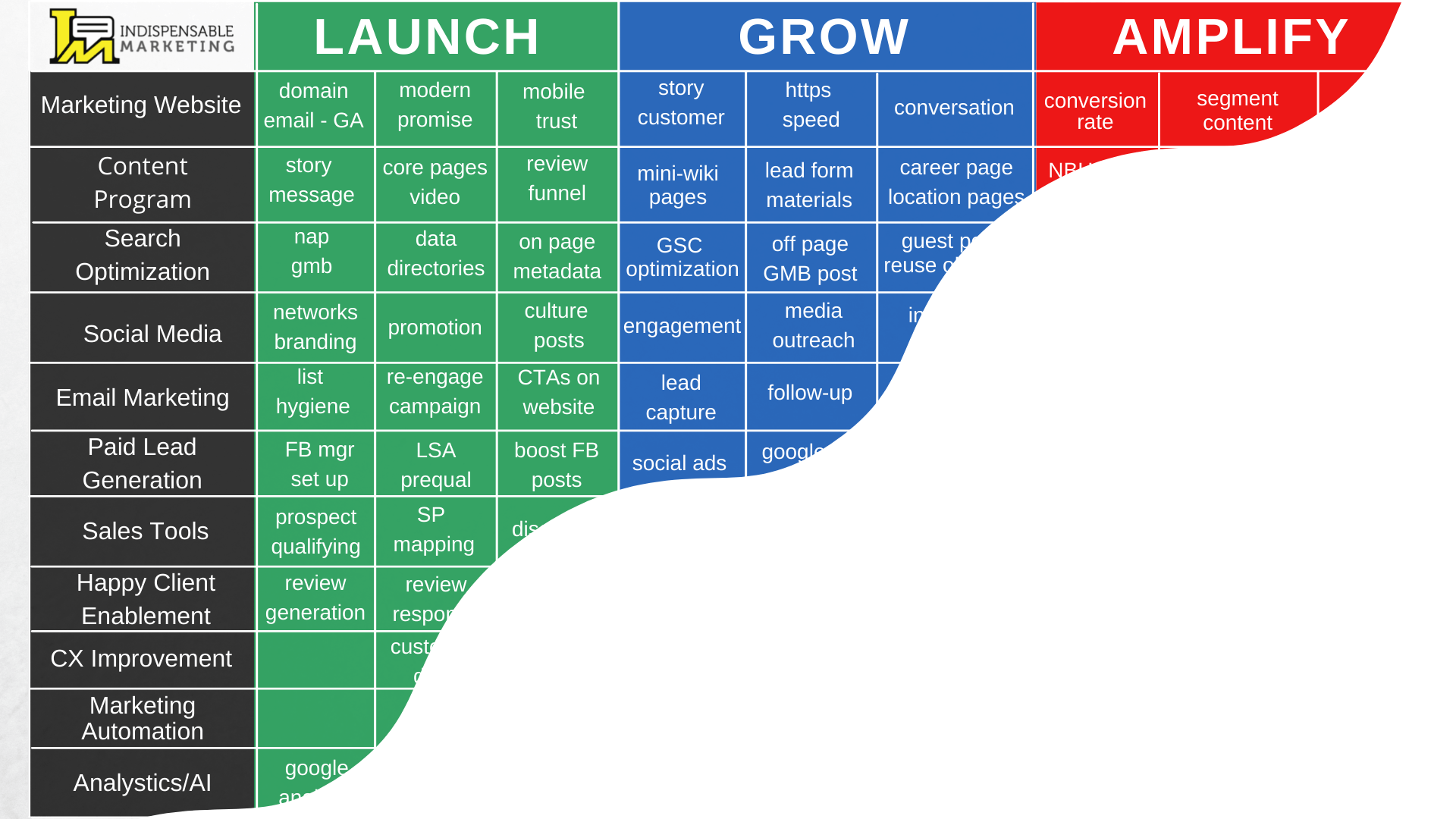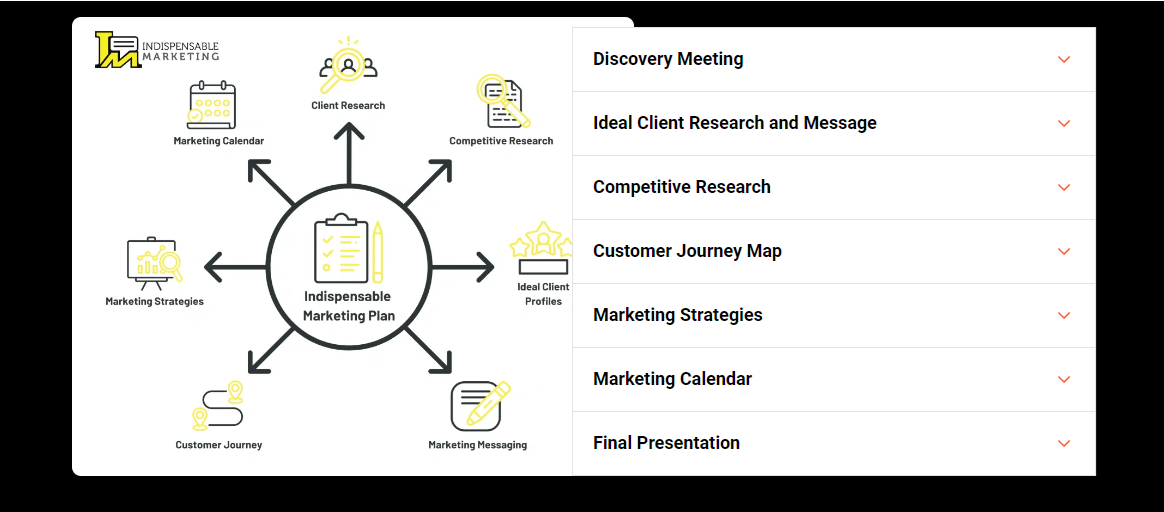How to Avoid Being Burned by a Marketing Agency: Common Pitfalls and How to Choose the Right Partner
As a business owner, choosing the right marketing agency can be daunting. Many business owners have shared their frustrations about being misled, overpromised, or left in the dark by their marketing partners. In this article, we’ll explore common issues business owners face when working with agencies and share practical tips to help you avoid these pitfalls. I’ll also explain how our agency proactively addresses these concerns, ensuring transparency, accountability, and real results.
1. Overpromising and Underdelivering
The Issue:
Many business owners have experienced agencies that promise extraordinary results but fail to deliver. These agencies often overstate what’s achievable, leaving business owners frustrated and with a poor return on investment (ROI).
How to Avoid It:
Be wary of agencies that guarantee results. Instead, look for transparency around expectations, including the time needed for testing and optimization. A trustworthy agency will set realistic goals and communicate openly about the process.
How to Address This:
We believe in setting clear, measurable goals from the outset. We provide a detailed breakdown of a roadmap, explain potential challenges, and work collaboratively with our clients to ensure they understand each phase of the marketing campaign.
We use a marketing maturity model to help you think about your marketing activities strategically. It's a way to ensure that every tactic you deploy aligns with what your prospects and customers truly want and need, and helps move them smoothly from interest to conversion.
The model consists of three stages: launch, grow, and amplify. Each stage builds upon the last to create a complete marketing presence that works seamlessly for your business.
- Launch – In this stage, we focus on the essential marketing assets you need to get started. This includes developing a strong foundation with the right messaging, website structure, SEO, and initial touchpoints. It’s all about ensuring that your business is positioned to attract attention and meet customer expectations.
- Grow – Once the basics are in place, the next step is to expand. Here we implement more channels, such as email marketing, local SEO, direct mail, or targeted outreach that align with how your prospects make purchasing decisions. The goal is to build relationships, create consistent touchpoints, and nurture leads into potential customers.
- Amplify – This is where we scale and optimize everything you’ve built. At this stage, we look at refining your tactics, using advanced tools like marketing automation and retargeting to make sure every effort is delivering maximum results. It’s about amplifying your presence and getting the most out of your existing marketing assets.

2. Lack of Transparency and Access to Data
The Issue:
Some agencies control key accounts and data, such as Google Ads or Analytics, without giving clients access. This leaves business owners in the dark and reliant on the agency for updates, limiting their ability to truly understand the impact of their marketing efforts.
How to Avoid It:
Always ensure you own your assets, whether it’s your Google Ads account, Google Business Profile, local directory, website, or social media profiles. An agency should act as a partner, not a gatekeeper. Ask for full access to reports and data.
How to Address This:
We make it a priority for our clients to own all of their assets. Whether it’s your website, ad accounts, local profiles or social media profiles, you have complete access. We provide easy-to-understand weekly updates that reports on calls, rankings, visibility, top performing content and schedule regular check-ins monthly, quarterly, or bi-weekly to go over trends, new business updates, and data with you, ensuring you’re fully informed and able to ask questions.
3. Lack of Industry-Specific Knowledge
The Issue:
A common frustration is when agencies claim expertise but don’t truly understand the specific needs of your industry. This can result in campaigns that miss the mark and fail to resonate with your target audience.
How to Avoid It:
Look for agencies that have proven experience in your industry or are willing to take the time to learn about your business. They should be able to speak your language, understand your pain points, and tailor their strategies to your specific market.
How to Address This:
Our agency specializes in conducting marketing strategy, and we invest time in learning about your business. The key to marketing success is attracting the right customer with the right message and the right offer. That’s the essence of a great marketing strategy and that is what our
strategy consulting engagement will create for you.
As a part of this engagement, we interview your existing customers and analyze your competitors or competitive solutions. We build ideal client personas and establish a marketing message that will speak to them. We map out your editorial calendar and determine how to make content a relationship-workhorse. And we audit the customer journey (buying process) and identify gaps in your current marketing approach. This gives you a firm foundation on which to build your tactics and move your marketing forward based on a solid strategy.
We don’t offer one-size-fits-all solutions; we customize every approach to ensure it aligns with your business goals. If you want look at what you need to do to put strategy first read here..

4. Poor Communication and Engagement
The Issue:
Many business owners feel abandoned once they sign with an agency. The agency may assign a junior representative and fail to communicate effectively, leading to misalignment and a lack of trust.
How to Avoid It:
Choose an agency that commits to regular communication. Whether it’s a monthly report or weekly check-ins, you should feel like a partner in the process. Ask upfront about how often they will communicate and what level of access you’ll have to decision-makers.
How to Address This:
We pride ourselves on regular, [weekly] clear communication. Our clients are assigned a dedicated project manager who works closely with them throughout their account. We provide weekly updates, monthly reviews, and are always available to answer questions or make adjustments as needed. We view our clients as partners and believe open communication is key to success.
5. Misaligned Performance Metrics
The Issue:
A common complaint is that agencies focus on metrics like impressions or clicks, which don’t necessarily translate into new customers. Business owners want to know how their marketing spend is impacting their bottom line.
How to Avoid It:
Ensure the agency is focused on outcomes that matter to your business—like leads, conversions, or sales. Discuss what success looks like for you and ensure the agency aligns its KPIs (Key Performance Indicators) with your specific goals.
How to Address This:
We focus on results that matter to your business. We track leads, conversions, and other meaningful outcomes that impact your bottom line. We believe in aligning our goals with yours, and we regularly review campaign performance to ensure we’re driving real value for your business.

6. Unethical Practices Around Asset Ownership
The Issue:
Some agencies retain ownership of assets like your website, domain, or ad accounts, holding clients hostage if they want to leave. This can result in businesses losing their online presence if the relationship ends.
How to Avoid It:
Before signing any contract, ensure you will own all your digital assets. An ethical agency will transfer everything to you if the partnership ends, and this should be clearly stated in your agreement.
How to Address This:
With us, you own everything—from your website to your ad accounts. If for any reason you decide to part ways, all assets are transferred to you without hesitation. We believe in building long-term relationships based on trust, and that means ensuring you have full control over your marketing.
Wrap Up
Choosing the right marketing agency is critical to the success of your business. By understanding common pitfalls and selecting a partner who values transparency, communication, and results, you can avoid many of the issues other business owners have faced. At [Your Agency Name], we pride ourselves on being a trusted partner who delivers measurable results while ensuring you have full control over your marketing. If you’re ready to work with an agency that puts your success first, we’re here to help.




